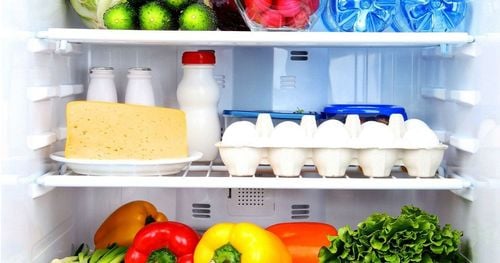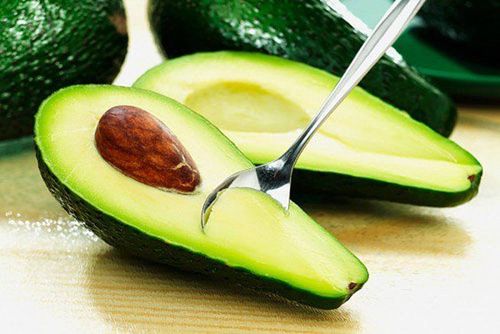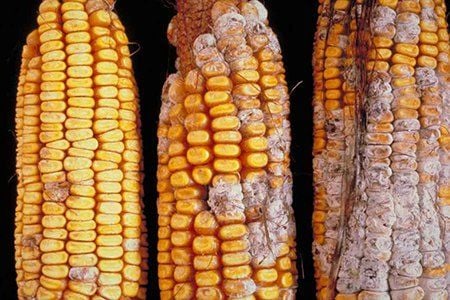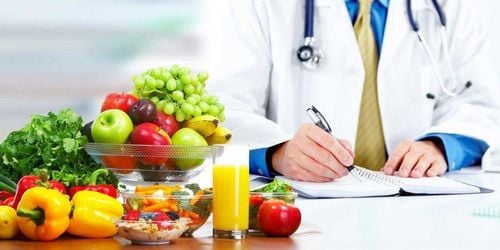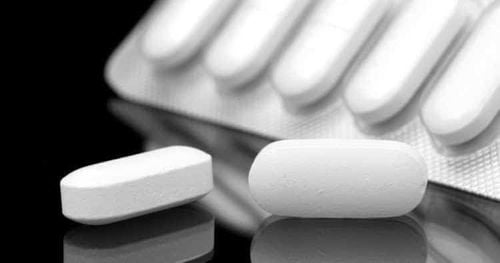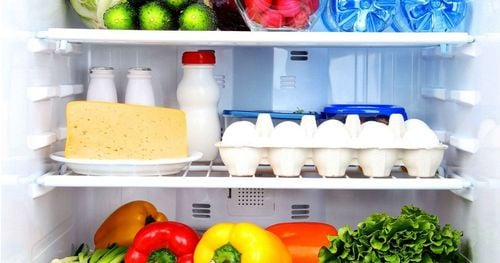This is an automatically translated article.
How will you and your family be protected from the new actions the Food and Drug Administration (FDA) is taking to keep food safe? Here are 5 problems that affect your life by the FSMA rules.1. Food companies will put in place greater controls to help prevent hazards
Instead of simply responding to outbreaks, we require food establishments to take measures to prevent them in the first place. Food establishments will need to think in advance about what could harm consumers, and then put controls in place to reduce or prevent those hazards.For example, establishments may take steps to kill foodborne illness bacteria or prevent them from growing in food. If food allergens (substances that can cause allergic reactions) are a hazard, the establishment may pay particular attention to how to clean equipment when it is used for more than one product to Allergens are not transferred from one food to another and ensure that the product label identifies the presence of the food allergen. Food allergens of unknown origin are a major cause of industry recalls.
2. Safe food control not to be contaminated with humans and hard animals
With the rule of preventive control for food, the same cutting-edge thinking that currently exists for the production of food for human consumption will also apply to manufacturers of animal food, including pet food. .If pet food manufacturers had methods to kill harmful bacteria, it would be much safer for both pets and anyone handling the food.
With a new prevention-oriented system in place, FDA hopes to reduce the risk of serious illness and death in animals when hazards, such as harmful levels of substances in products controlled.

Nếu các nhà sản xuất thức ăn cho thú cưng có các phương pháp để tiêu diệt vi khuẩn có hại thì sẽ an toàn hơn nhiều cho cả thú cưng và bất kỳ ai xử lý thức ăn
3. Eating healthy and eating safe go hand in hand
Experts say: Unlike the factory, the farm is an open environment. There are factors that we understand farms do not necessarily control. However, there are actions that can and must be taken to reduce the potential for contamination in ways that are practical and workable for growers.Cultivation conditions and methods for growing the same crop can vary widely between localities and coastal regions, so the new regulations will focus on pollution pathways common to all all or most farming environments. For example, standards have been proposed for agricultural water, farm worker hygiene or cleanliness, compost and sanitary conditions affecting buildings, equipment, and tools. These standards will apply to both domestic and imported products.
FDA predicts that the proposed manufacturing rule will prevent hundreds of thousands of illnesses caused by manufacturing each year.
4. There will be stricter supervision of food imported from other countries
The United States Food and Drug Administration (FDA)'s increased attention to food imported from China is an indication of food safety concerns as imported foods are increasingly common in China. USA. US food imports from China more than tripled in value between 2001 and 2008.Addressing the safety risks associated with these imports is difficult because there are so many many products from China, China's poor enforcement of food safety standards, its heavy use of agrochemicals, and its considerable environmental pollution. FDA import denial data highlights food safety problems that seem to recur in commerce and where FDA has focused import warnings and surveillance efforts.
FDA's rejection of food shipments from China shows a recurring problem with "garbage", unsafe additives, labeling (often included in food processing and handling) and residues. Veterinary drugs in fish and shellfish (farm-introduced). Chinese authorities try to control food export safety by certifying exporters and the farms that supply them. However, monitoring such a wide range of products for different hazards that may arise at different points in the supply chain is a daunting challenge for Chinese and US officials.
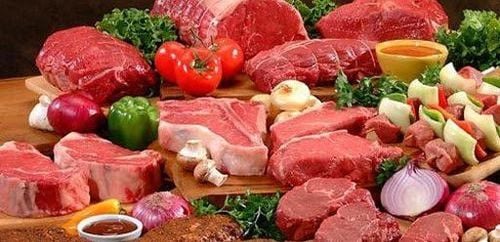
Các loại thực phẩm nhập khẩu sẽ được kiểm soát chặt chẽ hơn
5. Consumers will be more confident that their food is safe
After concerns about microbiological and physical contaminants in food, the second major concern for consumers worldwide is the nutritional content of their food and the breakdown of nutrients. fat, sugar, and artificial colors and flavors in the products they are buying. The increased focus on nutrition and health has been recognized by the industry, with action being taken by both manufacturers and retailers.As an industry, consumers may disagree with this perception, but manufacturers must accept it to remain viable, understand our role in manufacturing Safe food through the eyes of consumers includes prioritizing products that support people's ability to live a healthy life.
Today's action is the first in a series of steps that the FDA is taking over the next several months to move the food safety system from reactive to proactive.
Please dial HOTLINE for more information or register for an appointment HERE. Download MyVinmec app to make appointments faster and to manage your bookings easily.
Reference source: fda.gov



